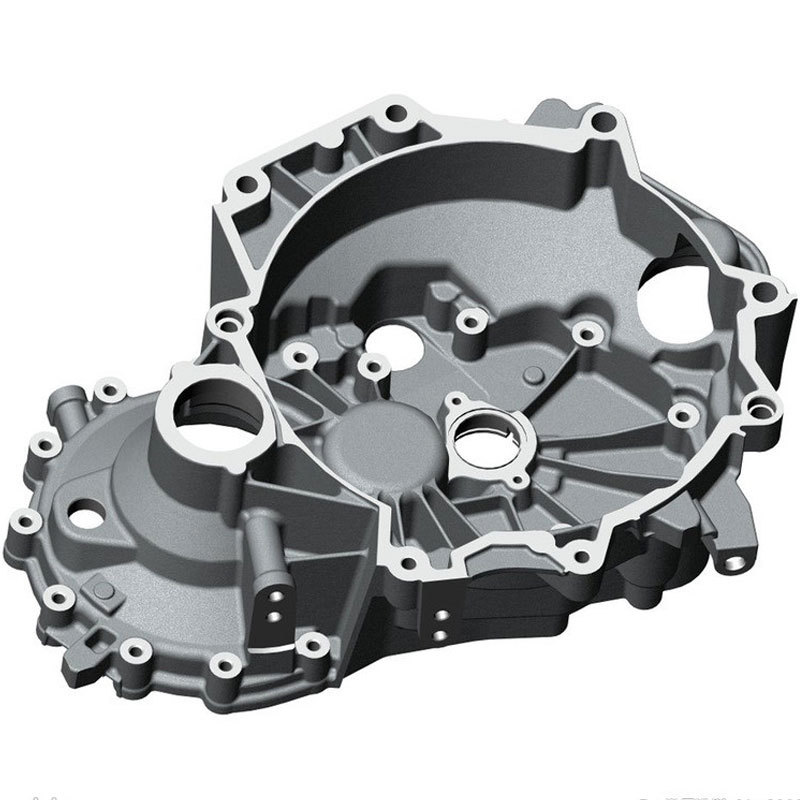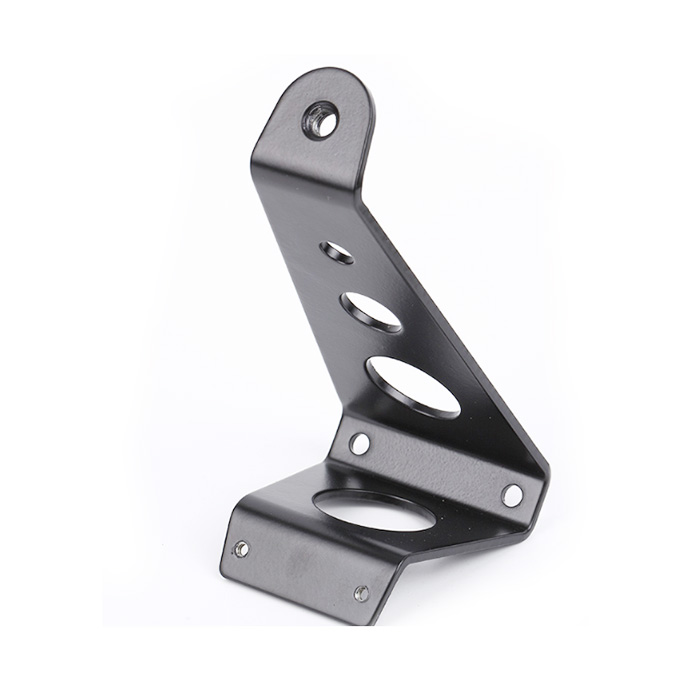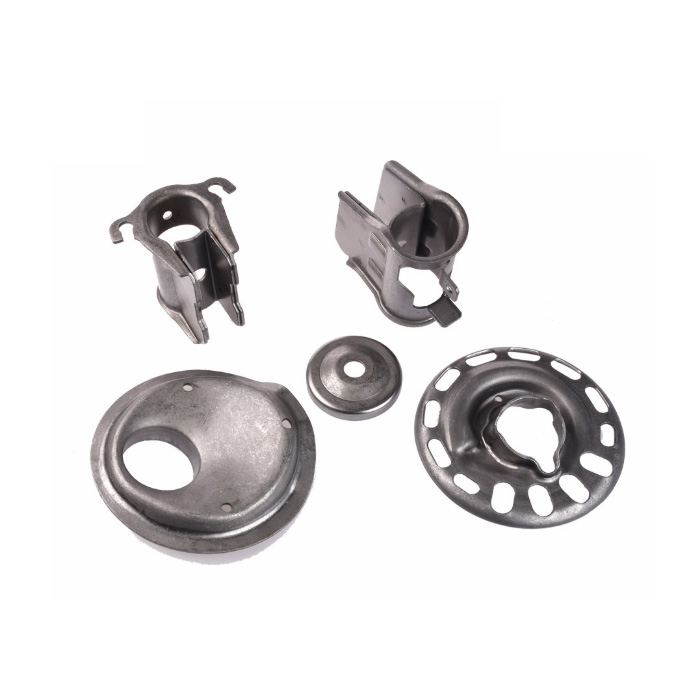Sheet Metal Fabrication for Automotive Industry
Sheet metal fabrication in the automotive industry is a transformative art, converting raw materials into functional marvels. Car part fabrication transcends being just a process; it stands as a testament to precision, skill, and innovation.
As the automotive industry advances, the demand for high-quality automotive parts escalates, underscoring the indispensable role of sheet metal fabrication. Dive into exploring how this technique shapes the vehicles of today and tomorrow.
A Brief History of Metal Fabrication and Its Role in Automobiles:
In the early days of transportation, wooden horse-drawn carriages shared a key component with the earliest cars: the chassis. These early cars used wooden chassis, limiting their flexibility.
Later on, metal fabrication for cars gained popularity, with pioneers like Ford adopting steel to create the chassis of their vehicles, as seen in Ford's 1908 Model T car. As the 20th century dawned, automakers started transforming metals into sheets, and in 1914, Dodge introduced an all-steel-bodied car, highlighting its superior rigidity and safety.
The adoption of sheet metal fabrication in the automotive industry was revolutionary, leading to the phasing out of wooden cars. Technological advancements have continued, with materials like carbon fiber, known for its extraordinary strength (five times stronger than steel) and stiffness, playing a key role in shaping the future of automobiles.
Benefits of Sheet Metal Fabrication for the Automotive Industry:
Sheet metal fabrication is pivotal in the automobile industry, offering several advantages for manufacturers and consumers.
- Lightweight Vehicles for Fuel Efficiency: Sheet metal fabrication using lightweight materials provides a crucial advantage for the automotive industry. Reducing the weight of vehicle components requires less energy to move the car, subsequently decreasing fuel consumption and carbon emissions.
Materials like aluminum and high-strength steel alloys are both lightweight and possess an exceptional strength-to-weight ratio. This enables manufacturers to design thinner and lighter components that maintain high structural integrity.
-
Durability and Longevity of Components: The extensive use of sheet metal fabrication translates into increased durability and longevity. This enhances an automobile's performance in harsh conditions and protects passengers in the event of accidents. Materials like steel and aluminum are known for their robustness, resistance to wear and tear, and corrosion resistance, ensuring structural integrity over many years.
-
Customization and Design Flexibility: Sheet metal fabrication is highly favored for its flexibility and customizability during the fabrication of automotive parts. This allows automakers to create complex and intricate shapes, catering to aerodynamics, aesthetics, and specific functional requirements. Computer-aided design (CAD) technology further enhances customizability, ensuring precise fits and adherence to industry standards.
-
Cost-Effective Production: Businesses prefer sheet metal fabrication for automotive parts due to its cost-efficient production capabilities. It allows for the mass production of high-quality materials at low costs. The integration of CAD technology further improves precision and repeatability while reducing human error and minimizing waste. Sheet metals are readily available in cost-competitive markets, enabling automakers to lower production costs and offer more affordable cars and parts. Additionally, maintenance costs are reduced due to the ease of repair and replacement.
Types of Sheet Metal Used in the Automotive Industry:
Various types of sheet metal are crucial for achieving advanced vehicle performance, safety, and overall quality. The key materials include:
-
Aluminum: Known for its lightweight properties, strength, and corrosion resistance, aluminum is extensively used in the automotive industry. Its use reduces fuel consumption and carbon emissions. Aluminum is employed in making parts like hoods, doors, fenders, and engine components.
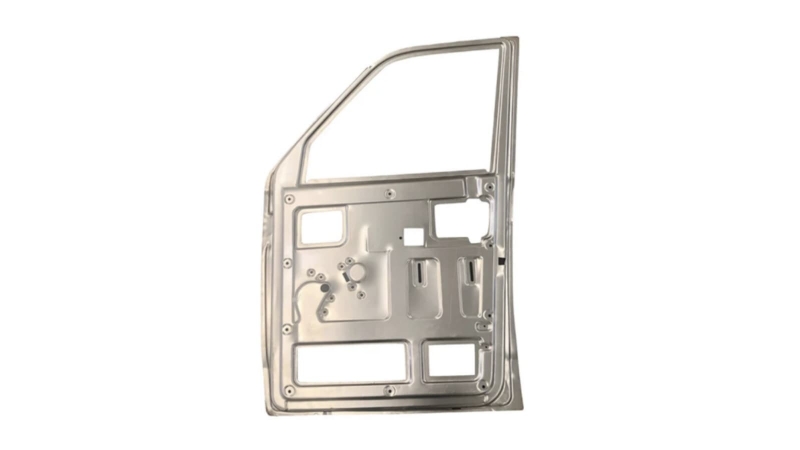
-
Steel: Steel is the traditional and widely accepted material for car part manufacturing due to its strength and durability. Different grades of steel offer varying properties, making them suitable for different automotive applications, such as structural components, front and rear impact structures, and exhaust systems.
-
Magnesium: Magnesium is lightweight with an excellent strength-to-weight ratio, making it ideal for reducing fuel consumption and enhancing heat dissipation. It is used in components like steering wheels, instrument panels, and transmission cases.
-
Titanium: Known for its corrosion resistance, high strength, and heat resistance, titanium is used in heat-producing car components such as exhaust systems and suspension components, although its use is limited due to cost.
-
Copper and Brass: These materials excel in electrical conductivity and are suitable for interior automotive components like electrical connectors and parts requiring heat dissipation.
-
Alloys: Combining different metals into alloys allows manufacturers to enhance material properties. Alloys are suitable for specific automotive fabrication, such as high-strength steel and aluminum alloys used in components like door beams to improve crashworthiness.
-
Zinc: Zinc is used to galvanize other sheet metals to improve their corrosion resistance, making it suitable for parts requiring corrosion resistance like chassis components and body panels.
Successful automotive fabrication relies heavily on a deep understanding of the available materials in the market. Trusting sheet metal fabrication services with extensive material knowledge is crucial. RapidDirect, for instance, offers top-notch services at competitive prices.
Sheet Metal Fabrication Techniques for Auto Parts:
Several techniques are employed to shape sheet metal into products, with some being integral to the automobile industry. Understanding these techniques is essential when choosing sheet metal fabrication for automotive parts:
Sheet Metal Cutting Techniques:
-
Laser Cutting: This high-precision technique uses a focused laser beam to melt and vaporize sheet metal, resulting in precise and clean cuts. CNC laser cutting machines offer even greater precision and can create complex shapes for automotive body panels, engine components, and interior parts.
- Advantages:
- High precision and accuracy.
- Smooth, clean edge without the need for secondary finishing.
- Efficient for high-volume production, reducing waste.
- Advantages:
-
Plasma Cutting: Plasma cutting utilizes high-velocity ionized gas to cut through metal sheets, making it suitable for thicker materials. It can be integrated with computer-controlled machines for enhanced precision and is used in cutting thick sheet metal for car frames and chassis.
- Advantages:
- High precision and accuracy.
- Suitable for high-volume production.
- Compatible with a wide range of materials.
- Applicable for thick sheets.
- Advantages:
-
Shearing: This basic sheet metal cutting process employs a shearer machine to cut the sheet metal with upper and lower blades. While it is less precise than laser or plasma cutting, it is cost-effective and suitable for car parts that do not require tight tolerances, such as brackets and supports.
- Advantages:
- Fast cutting.
- Cost-effective.
- Suitable for thick sheet metal.
- Advantages:
Sheet Metal Forming Techniques:
-
Bending: Bending involves the deformation of sheet metal to create angles and curves, typically using a press brake machine. It is ideal for creating complex shapes and structural components like brackets, frames, and doors in automotive part fabrication.
- Advantages:
- Allows the creation of complex shapes and angles.
- Offers high precision and repeatability.
- Cost-effective for low-volume production.
- Advantages:
-
Stamping: Also known as pressing, stamping entails pressing a die into sheet metal to create identical parts in high volumes. Techniques like blanking, punching, and embossing allow the creation of automotive parts such as body panels and brackets.
- Advantages:
- Supports mass production.
- High precision and accuracy.
- Minimizes material waste.
- Advantages:
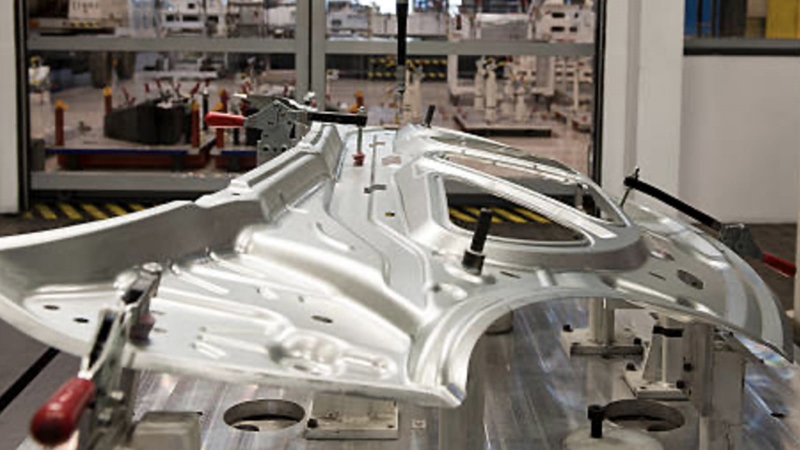
Sheet Metal Joining Techniques:
Sheet metal joining techniques, including welding, riveting, and adhesive bonding, are crucial processes in automotive part manufacturing.
-
Welding: Welding involves joining materials using heat to melt and fuse them together. It is employed in joining structural components like chassis, frames, body panels, and exhaust systems. Different welding techniques, such as MIG welding, TIG welding, and spot welding, are chosen based on specific needs.
- Advantages:
- Creates strong and durable joints.
- Compatible with various materials (with expertise).
- Fast and efficient.
- Ensures vehicle strength and integrity.
- Advantages:
-
Riveting: Riveting is used for joining dissimilar metals by creating a hole in each part, inserting a rivet, and deforming it to secure the joint. It is ideal for structural components of dissimilar materials where strength and durability are essential.
- Advantages:
- Creates strong and permanent joints.
- Suitable for dissimilar materials.
- Versatile and compatible with a wide range of materials.
- Advantages:
-
Adhesive Bonding: Adhesive bonding involves using materials with high adhesive properties to join sheet metal parts. Adhesive material is applied to the surfaces of one or both parts, and the parts are pressed together until curing occurs. This process is gaining popularity in the electric automotive industry as it improves aesthetics without adding weight.
- Advantages:
- Doesn't add weight to the vehicle.
- Enhances aesthetics by eliminating visible joining materials.
- Reduces vibration and noise, improving rider comfort.
- Advantages:
Applications of Metal Fabrication in the Automotive Industry:
Metal fabrication plays a pivotal role in various aspects of the automotive industry:
-
Car Bodies and Frames:
- The structural integrity of an automobile depends on its body and frame. Sheet metal fabrication techniques, such as welding, bending, and stamping, enable the precise and reliable production of car bodies and frames. Modern fabrication materials, like high-strength steel and aluminum alloys, allow for the creation of strong yet lightweight structures.
-
Car Customization:
- Metal fabrication enables automakers to produce customized vehicles tailored to individual preferences. This customization ranges from the addition of custom body kits to unique exhaust systems. Techniques like welding and riveting allow for modifications to parts like exhaust systems, grille guards, and fender flares. Customization can also extend to the chassis for race car modifications.
-
Vintage Car Restoration:
- Restoring vintage cars involves bringing classic or old vehicles back to their original state or enhancing their bodies with modern components while preserving their timeless aesthetics. Metal fabrication is essential in repairing or replacing damaged body panels and frames, crafting interior components, and replicating rare or discontinued parts with modern equivalents.
-
Building Roll Cages:
- Roll cages are vital automotive components used in motorsports and off-road racing to protect drivers and passengers during collisions or rollovers. The fabrication of roll cages typically involves the creation of bent, notched, and welded high-strength steel tubing, meeting specific regulations and safety guidelines.
In summary, sheet metal fabrication is an art that has significantly shaped the automotive industry. Its impact ranges from creating durable car bodies and frames to enabling vehicle customization, vintage car restoration, and the construction of critical safety features like roll cages. With various techniques and materials at its disposal, sheet metal fabrication continues to drive innovation in automotive design and manufacturing.
NINGBO FUERD MECHANICAL CO., LTD
Website: https://www.fuerd.com
